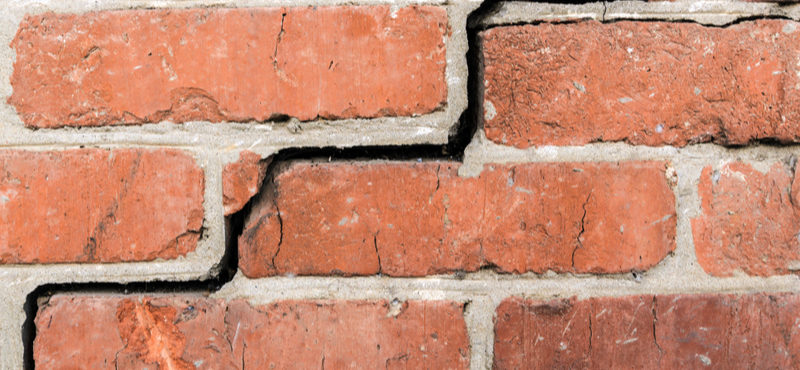A properly laid down masonry can stand the test of time. Unfortunately, the harsh winter in Toronto can sometimes break the masonry unexpectedly, especially if it’s unprotected. But that’s not all, the age of the bricks also has something to do with winter impacts on masonry.
What’s more, the decay of masonry occurs slowly and it’s a gradual process. Therefore, you may not notice the effects when it begins. But even so, there are signs you can’t fail to notice when the conditions are severe in winter. These signs include holes, cracks, and broken bricks.
Please note, all these signs sum up to form what’s called spalling. In this case, we’ll look at what’s spalling and how winter influences spalling on masonry. Let’s begin:
What’s Spalling?
It’s a process by which the surface of masonry chips off. This can occur on both bricks and concrete. And the condition is more common on the chimney and outdoor masonry.
What’s the Cause?
Exposure to water or penetration of masonry by water is the major cause of spalling. And that’s not all, the situation is even worse during winter as a result of the freeze-and-thaw process. When water penetrates the masonry, for instance, it’s trapped into cracks and crevices of the material.
During winter, when the temperature drops below zero, the water freezes to a point that it expands. Due to this expansion, it exerts pressure on the cracks or crevices forcing the brick to break. This is the process of freezing and expansion is what’s known as the freeze-and-thaw process.
Meanwhile, this process occurs in cycles as long as there’s water in the bricks. And the more this process occurs, the more the bricks get damaged as a result of spalling. Depending on the extent of damage, spalling may cause the masonry to lose structural integrity.
Besides Structural Damages, What are Other Damages of Spalling?
Persistent structural damage may lead to loss of structural integrity of the material. And the resulting impact is more dreadful. For instance, during winter, your chimney lining may collapse into your fireplace as a result of persistent spalling.
Outdoor, part of the brick wall may collapse and cause serious damage to anyone or anything nearby. Furthermore, the surface left without a protective layer is susceptible to higher water penetration and greater damage.
Can You Repair Masonry Damage as a Result of Spalling?
Luckily, you can recover material damage as a result of spalling. However, this is only possible if the impact is mild. With that said, contact experts at Turnbull Masonry for masonry repair. They’ll help you fill the crevices and cracks preventing further damage to your brick wall. If your budget supports it, you can schedule for a complete winterization of your home.
In a worst-case scenario, you may have to reschedule for a complete rebuild of the affected spot. For instance, if your chimney is in a worse state due to scaling, you’ll have to demolish it and rebuild it. With the help of professional chimney repair Toronto, they’ll help you determine whether it’s rebuilding or repair to go for.
How to Prevent Winter Scaling
When it comes to chimneys, consider an effective chimney crown. It should be able to prevent the entry of water into the chimney. After all, water is the main cause of this damage. Outdoor walls on the other hand are exposed to weather elements including moisture or water. As a result, the only potential solution is winterizing the entire wall.
Final Take
While mastering how winter impacts masonry is resourceful, acting on the right solution pays. In this particular case contacting Turnbull Masonry is the best solution. They are not only great in general wall repair but also in fixing chimney damages. And in circumstances where repair is not enough, they are handy in demolishing and rebuilding a structure.

